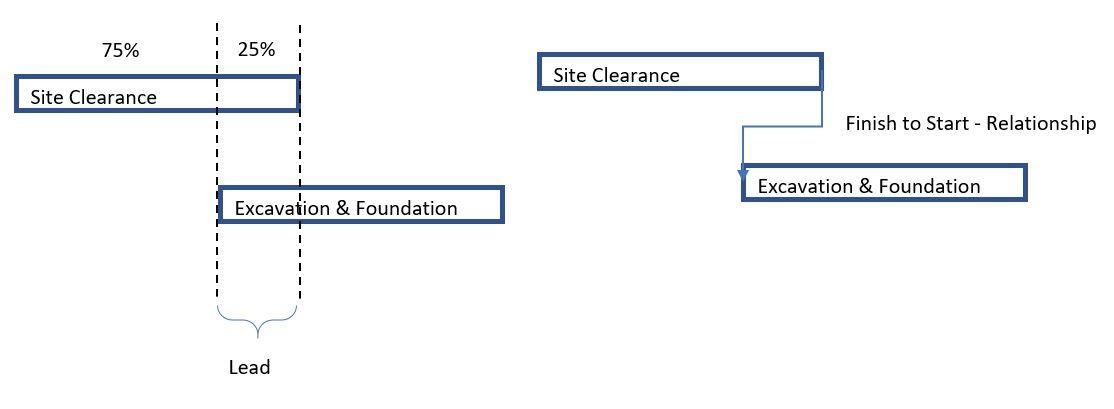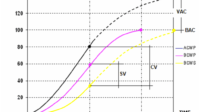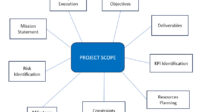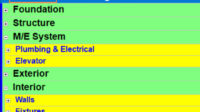Lead and lag are terms used to describe the relationship between activities in the project schedule.
Lead can occur in activities with a Finish to Start relationship, while lag can occur in activities with all relationships: Finish to Start, Start to Start, Finish to Finish relationship.
LEAD
Lead is the amount of time which the successor activity parallels with the predecessor activity.
Parallel conditions can occur because the successor activity had started before the predecessor activity finished.
For example, in a construction project, you create a schedule for Site Clearance which is the predecessor for Excavation activity.
However, the Excavation can start when the Site Clearance is 75% complete without waiting for all the Cleaning activities to be completed.
The relationship in the example work above can be seen in the bar chart below:

In the bar chart above, it can be seen that Site Clearance activity and Excavation activity have a Finish to Started relationship.
Suppose the Site Clearance activity has a duration of 100 days. The Excavation can start when the Site Clearance has reached 75% (75 days) duration progress.
In this example, 25 days before the Site Clearance is completed, the Excavation activity has started or, in other words, has a 25-day lead.
Example for Lead
Another example that can be illustrated is the relationship between work on a construction project.
For example, the Brickwork for a building takes 90 days. After the Brickwork will be continued with the Finishing Wall.
The relationship used in the two activities above is Finish to Start.
By the time the Brickwork has been running at 60%, the Wall Finishing can be started without waiting for the Brickwork to be completed.
This can shorten the overall project duration.
Also, read what is float?
LAG
Lag is the amount of waiting time takes for the successor activity before it starts working.
It can be said that Lag is the opposite of Lead.
Lag can occur in activities with all types of relationships: Start to Start, Finish to Start, Finish to Finish, Start to Finish.
Suppose activity A has a duration of 30 days. Before the next activity (B) starts, there is a waiting time of 5 days, so it can be said that there is a lag of 5 days.
The scenario above can be illustrated in the bar chart below:

The finishing work of the walls takes 30 days. After that, however, some of the walls need to be wallpapered according to the client’s request. The workers need to wait for five days before the wall is completely dry.
The waiting time for five days is the Lag between the finishing walls and wallpaper installation.
Also, read about what is a milestone in project management?
Example for Lag
Another example related to lag is suppose that the plastering of the wall is carried out for seven days. After that, it will be continued with painting work.
Before painting, there is a waiting time of 3 days. This three-day waiting time is a lag that cannot be reduced or accelerated.
Summary
Lead, and Lag are terms used in project scheduling. Leading can speed up the overall project duration. In contrast, the provision of Lag can extend the project schedule.
If referring to the DoD rule, the use of Lag is better not more than five days. If the project activity has a fairly long lag, you can add an activity between the two activities, so it doesn’t seem like a suspension.






